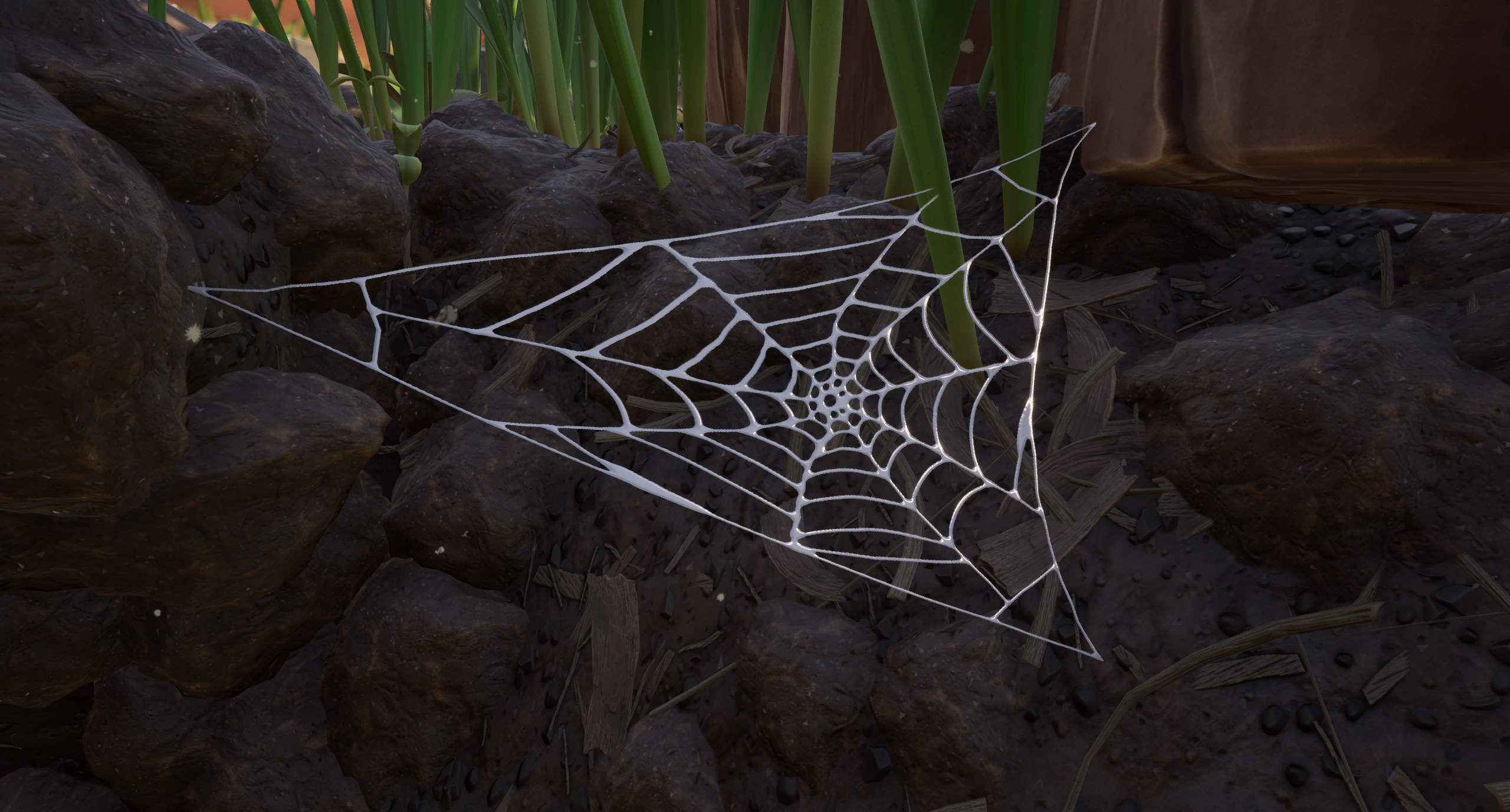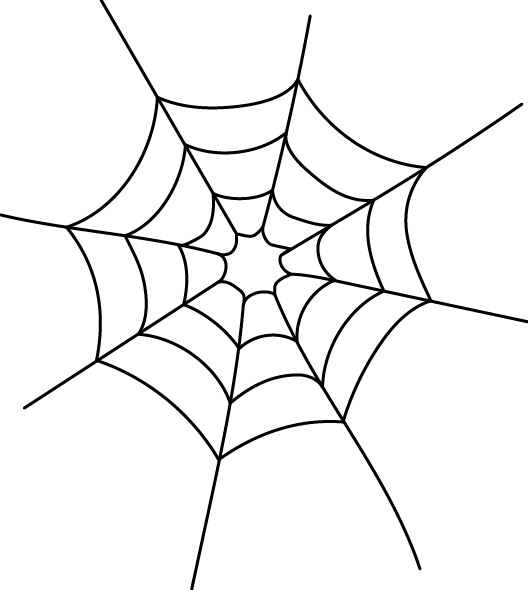Spider Webs: Behavior, Function, and Evolution, Eberhard
Por um escritor misterioso
Descrição
In this lavishly illustrated, first-ever book on how spider webs are built, function, and evolved, William Eberhard provides a comprehensive overview of spider functional morphology and behavior related to web building, and of the surprising physical agility and mental abilities of orb weavers. For instance, one spider spins more than three precisely spaced, morphologically complex spiral attachments per second for up to fifteen minutes at a time. Spiders even adjust the mechanical properties of their famously strong silken lines to different parts of their webs and different environments, and make dramatic modifications in orb designs to adapt to available spaces. This extensive adaptive flexibility, involving decisions influenced by up to sixteen different cues, is unexpected in such small, supposedly simple animals. As Eberhard reveals, the extraordinary diversity of webs includes ingenious solutions to gain access to prey in esoteric habitats, from blazing hot and shifting sand dunes (to capture ants) to the surfaces of tropical lakes (to capture water striders). Some webs are nets that are cast onto prey, while others form baskets into which the spider flicks prey. Some aerial webs are tramways used by spiders searching for chemical cues from their prey below, while others feature landing sites for flying insects and spiders where the spider then stalks its prey. In some webs, long trip lines are delicately sustained just above the ground by tiny rigid silk poles. Stemming from the author’s more than five decades observing spider webs, this book will be the definitive reference for years to come.

Modulating Surface Properties of the Linothele fallax Spider Web by Solvent Treatment
.jpg)
Missing Sector Spider (Zygiella x-notata), Observation, UK and Ireland

Spider Webs - Behaviour, Function, and Evolution

Distinct movement patterns generate stages of spider web-building

PDF] Spider Webs by William Eberhard eBook

Intraspecific body size variation and allometry of genitalia in the orb-web spider—Argiope lobata [PeerJ]

PDF) Adaptive flexibility in cues guiding spider web construction and its possible implications for spider cognition

Books on Spiders - Asian Society of Arachnology

Spiders resting at the hub of webs in which three radii were cut in

BEHAVIORAL CHARACTERS FOR THE HIGHER CLASSIFICATION OF ORB‐WEAVING SPIDERS - Eberhard - 1982 - Evolution - Wiley Online Library

The Thoughts of a Spiderweb

Spider Webs: Behavior, Function, and Evolution 022653460X, 9780226534602
de
por adulto (o preço varia de acordo com o tamanho do grupo)


/cloudfront-us-east-2.images.arcpublishing.com/reuters/XAZDQDPV3VJRVJH2CCQBJRJ7EI.jpg)




